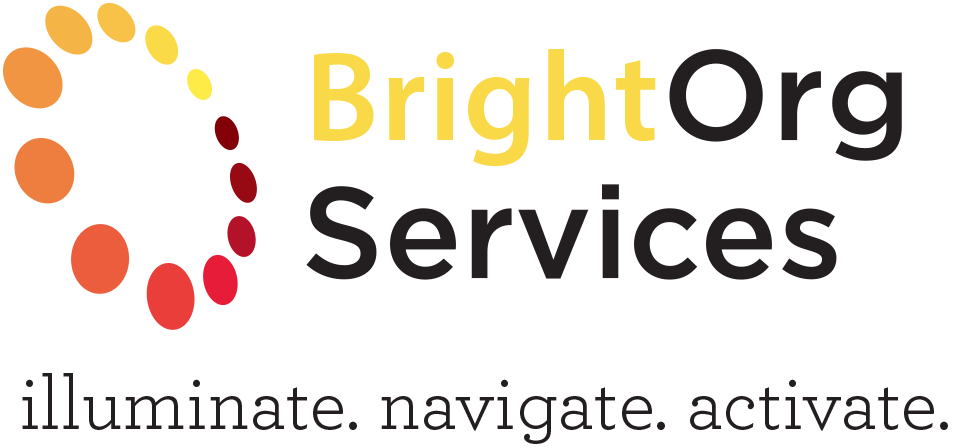How To Sustain Change Through High Impact Communication Planning
In business, as in life, change and transformation are a constant. One crucial variable in successfully navigating and sustaining change is developing a high impact communication plan.
Many variables exist that play a role in creating success through change and transformation. One of the key variables is communication. Communication helps the organization understand the “whys” behind the change, the linkage to the vision and the impact to their day-to-day actions. Deploying a detailed communication plan maximizes the belief in the change and longer term impact to the business. The ladder of inference1 has proven to be a great guide for the communication plan through the sequencing of steps to follow as the organization goes from being unaware of the change to achieving the vision for the transformation.

Ladder of Inference
unaware
At the beginning of any transformation, employees are unaware of the vision for the change. Making employees aware of the high-level objectives for the change and the strategy for achieving them is crucial. Communications should answer the high-level questions of what is changing, why are we changing and the timing for the change while linking the responses to the overall vision. “Awareness” communications are structured into phases to set the foundation for “Understanding”. Phases help define the path and the timing while setting baseline expectations. The phases can include and are not limited to these areas: business assessment outcomes, learning lab test components, parallel path work requirements and transformation stages. Through these communications, the organization begins to build their overall awareness.
aware
Once awareness is achieved, many questions begin to be asked. In this step, the employees are working to build their understanding of the transformation. They begin to wonder about the details of the change with questions such as: What is changing within their immediate organization? What is the impact to their role? How do the changes impact the day-to-day activities? Are there new processes? Will new tools be available? Why are new standards being implemented? How will they know if the changes are making an impact? The building of understanding takes time and patience. The organization must make time to answer all these types of questions as thoroughly as possible so that understanding can be built.
understand
The building of understanding also requires using different communication vehicles. Some examples are: building a transformation team (members represent all cross-functions) and arming them with the details, using banners that define and link the vision and the strategy, incorporating messaging into organizational communications, changing email signatures to incorporate branding and tag lines associated with the change, incorporating aspects of the transformation in organizational meetings, etc. Understanding requires the message to be communicated in as many as 10 different ways before the organization begins to fully embrace the changes.
believe
The good news is once understanding is built, the organization begins to believe in the transformation. This belief breeds energy across the organization that the vision can be accomplished. The energy creates higher levels of employee interaction and collaboration. Collaboration brings higher levels of creativity, problem solving and ultimately success. The teams leverage the processes, standards, tools and metrics to define opportunities for growth and continuous improvement. This is when real, sustainable transformation occurs.
achieve
With understanding, the team is ready to achieve the vision with a passion and enthusiasm that drives the attainment of the vision. Getting the team to achieve requires an investment in every step of the ladder in sequential order. This ensures that the successes in the “achieve” phase will be sustained over time.
Today’s rapid pace of change is forcing businesses and their teams to continuously transform. Successfully navigating and sustaining transformations requires that people understand, believe in, and enthusiastically act on the vision. The Ladder of Inference is a great way to ensure that change management occurs in a way that not only optimizes employee understanding and belief, but also provides a sustainable way to achieve the vision.
Reference source:
- Peter M. Senge, Art Kleiner, Charlotte Roberts and Bryan J. Smith, The Fifth Discipline Fieldbook [Currency, Doubleday, 1994])



